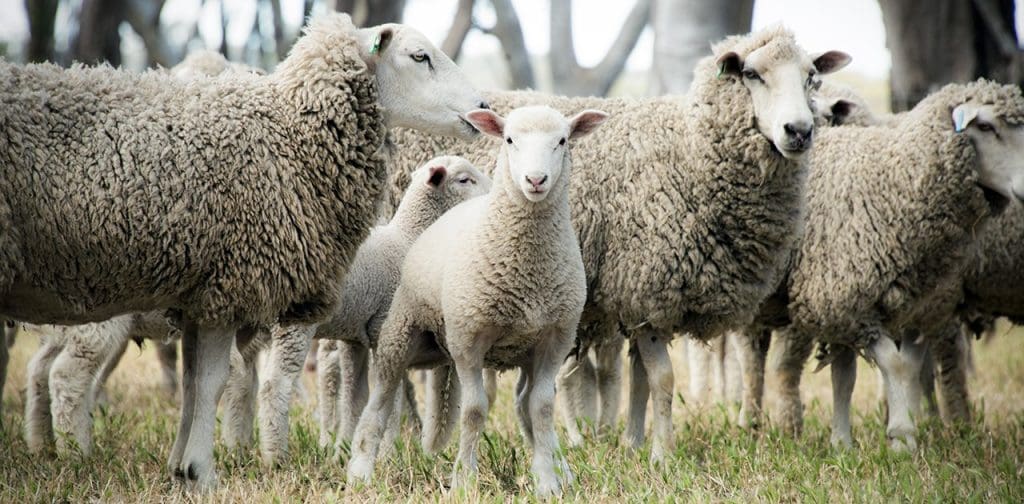
WHILE a largely recovered Australian dollar explains some of the downward pressure, weak global demand fundamentals for some commodities will be an issue over the coming months, National Australia Bank says in its latest monthly Rural Commodities Wrap.
On the other hand, a second wave is well underway in some countries. In Australia – which has to date effectively suppressed the virus – an outbreak in Victoria is being closely watched.
There are already reports of panic buying in Melbourne. If there is an uptick in this activity some commodities may see a demand surge as was seen in March, although this has yet occurred in earnest.
Another spanner in the works is the recent coronavirus outbreak in Beijing, NAB says. The Chinese Government claims the outbreak was spread through imported salmon and has now moved to increase restrictions on some imported meat products, including some US chicken.
“Whether this is good, bad or indifferent for Australian agriculture remains to be seen, but it does highlight the ongoing risks associated with global trade during a pandemic,” NAB agribusiness economist, Phin Ziebell said.
Sustained sheep prices are sitting at near record highs on restocker demand and improved seasonal conditions. The National Trade Lamb Indicator remains remarkably buoyant in the high 800c/kg range.
“Ongoing weakness across fibres, sugar and more recently dairy (particularly cheddar), a function of weak global demand fundamentals and a largely recovered AUD, is concerning,” Mr Ziebell said.
The Northern Trade Lamb Indicator, while below its March peaks, currently in the high 800s range, was still remarkably buoyant he said. That said, the other side of the sheep game was in dire straits, with the EMI at $11.10/kg.
Overall, agricultural markets have proved a mixed bag recently, with the NAB Rural Commodities Index recording a slight drop of 3.3pc in May.
“Global wheat prices have softened due to a stronger supply outlook, while the domestic basis has fallen in response to the likelihood of a large winter crop off the back of improved seasonal conditions,” Mr Ziebell said.
“NAB expects domestic feed grain prices to continue to soften should favourable seasonal conditions continue.”
“Ongoing weakness across fibres, sugar and more recently dairy (particularly cheddar), a function of weak global demand fundamentals and a largely recovered A$, is concerning,” Mr Ziebell said.
The Bureau of Meteorology’s three-month outlook to September points to a wet winter and early spring across most of the country, although the Western Australia wheatbelt is forecast to be average and parts of Victoria, South Australia, and Tasmania below average.
The A$ has rallied from its lows in April and is currently sitting in the high US60s, with NAB forecasting an increase to US72c and US75c by the end of 2020 and 2021, respectively.
Source: NAB

HAVE YOUR SAY